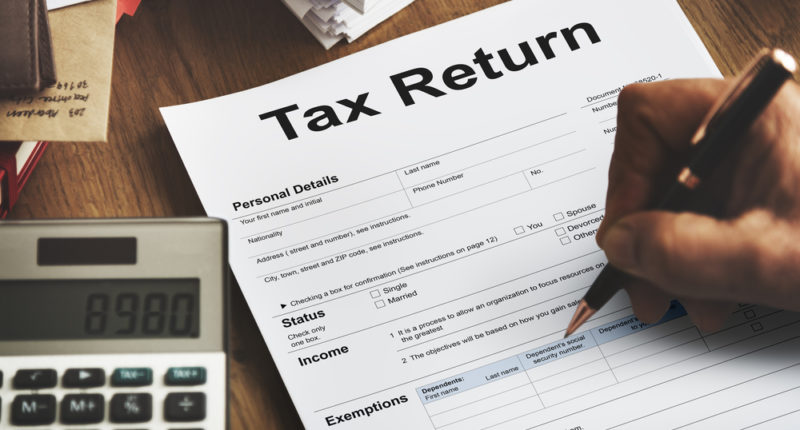Form 16 is a TDS certificate furnished by the employer to the employee. It contains the details of the TDS deduction by the employer from the employee’s income. Apart from this, Form 16 also includes details of your salary, deductions, and tax payable according to the information available with the employer.
However, the employer is not liable to issue Form 16 if your total income is below the basic exemption limit and no TDS is required to be deducted. If you have not received Form 16, don’t worry; you can still file your income tax return. Filing your ITR without Form 16 will require documents like monthly salary slips, bank statements, interest statements, etc.
Let us see step-by-step how to file your income tax return without Form 16:
Step 1: Determine income from all sources
Firstly, you should determine your total income earned in a particular financial year. You can use your monthly payslips to calculate the annual salary income or pension income. In case of a change of jobs in a year, make sure that you include the income earned from previous employers’ payslips. Your salary slip should consist of details like:
- TDS deducted (if any)
- House rent allowance (HRA)
- Provident fund deductions
- Professional tax deductions
- Allowances exempted u/s 10
- Perquisites value
Next, include other income like rental income from house property, capital gains on the sale of any capital asset, interest from bank accounts, FDs, etc.
You can obtain the interest certificate from the banks in case of interest income or take a reference of bank statements to include all other incomes earned by you in that financial year.
Step 2: Fetch Form 26AS and obtain total TDS deducted
If your income is subject to TDS, you will need to cross-check the TDS amount reflected in the payslips with Form 26AS. You should calculate the TDS deducted by your employer (if any) and match the amount with Form 26AS. Form 26AS will also have details of the total TDS deducted under your PAN. For example, interest on fixed deposits, TDS on rent, etc.
Form 26AS is a tax credit statement that can be obtained from the TRACES website. You can also directly download it by logging in through the new income tax portal.
Step 3: Claim the deductions
If you have submitted the tax-saving investment proofs, the employer would have considered them before deducting TDS. For instance, rent receipts must be submitted to your HR department in advance to claim the HRA deduction. If you fail to submit the receipts to your employer, you can always claim them while filing.
Also, collect the statements for tax-saving investments like ELSS funds, tax saver FDs, life insurance policy, Provident Fund, medical insurance, etc. While claiming a Provident Fund deduction, remember to claim only your contribution to the PF and not employers’ contribution. Accordingly, claim deductions under Section 80C, 80D, and 80G. Every deduction will have a threshold limit. If you have availed of any house loan, you will have to claim the house loan interest deduction under the house property head.
STEP 4: Compute total taxable income
Once you claim all the deductions, the next step is to compute total taxable income by deducting them from the total income earned (under Step 1) in the particular year.
STEP 5: Compute tax liability
Next, you have to calculate your tax liability for the year. Tax liability can be computed by applying the individual tax slab rates as applicable to the taxpayer.
Please note that the income tax department changes the slab rates from time to time. For the AY 2021-22, the government introduced the new tax regime with lower slab rates than the old one. The taxpayer can choose between the old and the new tax regime from the AY 2021-22. Under the new tax regime, the taxpayer can pay taxes on lower rates for forgoing significant exemptions and deductions.
Step 6: Pay taxes or claim the refund
Calculate the total tax payable if the tax deducted on income is less than the tax liability as computed above. The excess of the tax liability over TDS is required to be paid to the government.
If the TDS deducted is more than the actual tax liability, you can claim a refund for the excess tax paid while filing IT returns.
Step 7: You can file your income tax return once you complete all the steps mentioned above.
For any clarifications/feedback on the topic, please contact the writer at jyoti.arora@cleartax.in

I am a Chartered Accountant by profession with 4+ years of experience in the finance domain. I consider myself as someone who yearns to explore the world through travelling & Reading. I believe, the knowledge & wisdom that reading gives has helped me shape my perspective towards life, career and relationships. I enjoy meeting new people & learning about their lives & backgrounds. My mantra is to find inspiration from everyday life & thrive to be better each day.





